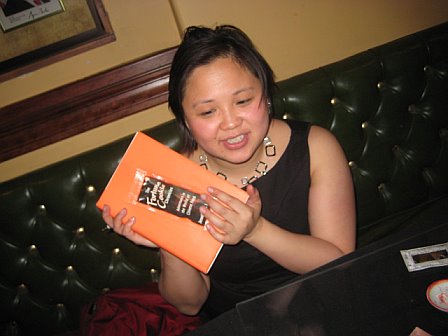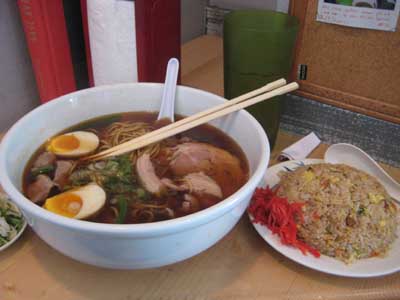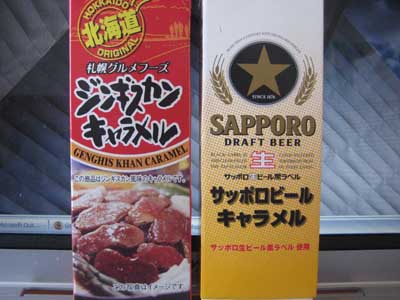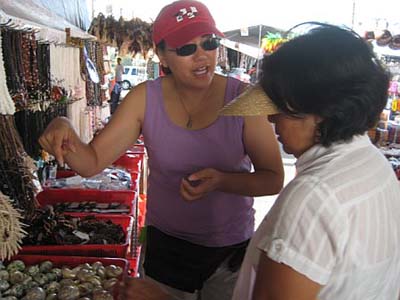April 10, 2009
 NOTE: This 2009 blog post on an older version of my website remains to this day (end of 2022) the most-read content I've produced. Please click here to read (and see a video) of this post wioth newer words added.
NOTE: This 2009 blog post on an older version of my website remains to this day (end of 2022) the most-read content I've produced. Please click here to read (and see a video) of this post wioth newer words added.
While we're on the
topic of pronunciation, I've been meaning to write this for a while, since Wendy's began airing TV commercials for their new
Premium Fish Fillet Sandwich. The commercials seem to have stopped, but the sandwich is still available at select locations across the country.
The commercial got Erin, our son Jared and me all riled up every time I saw it because it mispronounced "panko" whenever it was mentioned. Panko is the traditional Japanese breadcrumb coating for fried food, and it's become something of a hip ingredient in American restaurants and kitchens. So it's cool that Japanese food (starting with sushi a couple of decades ago) are catching on in the US and becoming mainstream.
However, it irritates me that so many Americans, including the guy on the TV commercial, pronounce the word as "PAN-koe," like "pants." The Japanese pronunciation is "pahn-KOH," with the first part more like "pawn" -- almost like "punk" -- and the second like Homer Simpson's "DOH!"
Here's a caveat about this rant of mine: Language evolves, and as cultures merge and are assimilated, words and pronunciation patterns change and are re-invented. I'm sure the British still think Americans are buffoons for mangling
their language, mispronouncing words and using "incorrect" words like "trunk" for a car's "boot" or hood for a car's "bonnet."
I'm the first to admit that I don't follow my own rules about Japanese words for other languages. I don't walk into a Taco Bell and order a "bu-RRRIT-toh." I don't order a "kwassahn" at the bakery when I want a croissant. I say "kraw-sahnt."
Servers at Thai restaurants snicker when I ask if I pronounced "yum nue" (spicy cold beef salad, truly yummy) correctly. Vietnamese servers guffaw out loud when I ask if I've said "bun dac biet" (combination grilled meat over rice noodles) right. Amazingly, I always think I've nailed it, but the guffaws come anyway.
And by the way, when you go to the Vietnamese restaurant for a bowl of "pho" noodle, it's NOT pronounced "foe" or even "fuh." A server explained to us that you have to add a slight upward lilt to the end of the word, as if you're asking a question. So it's, "Hi, can I have a medium bowl of fuh?"
Erin and I may not get it exactly right, but the point is, we're aware of our inadequacy at pronouncing other languages, and we always try to learn and say it correctly.
On the other hand, let's face it, people in other countries aren't any better at pronouncing English, so turnabout is fair play, right?




 NOTE: This 2009 blog post on an older version of my website remains to this day (end of 2022) the most-read content I've produced. Please
NOTE: This 2009 blog post on an older version of my website remains to this day (end of 2022) the most-read content I've produced. Please  We had dinner last night at the venerable
We had dinner last night at the venerable  Hot stuff: Orochon Ramen lets you choose your level of heat. I opted for #3 and it was pretty damned warm.
Hot stuff: Orochon Ramen lets you choose your level of heat. I opted for #3 and it was pretty damned warm.
 We ended the week with a flurry of shopping at the famous Flea Market at Aloha Stadium.
We ended the week with a flurry of shopping at the famous Flea Market at Aloha Stadium.